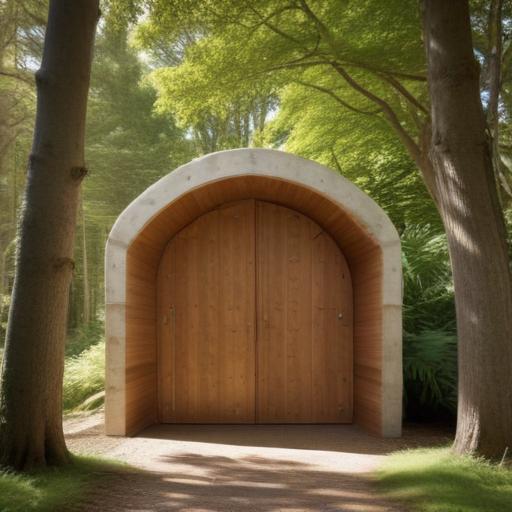Research from Cornell University has highlighted an innovative method for carbon capture with the potential to combat climate change effectively and sustainably. By burying wood waste, harvested from sustainably managed forests, just two meters underground, the study posits that we could remove between 770 to 937 gigatons of carbon dioxide from the atmosphere by the year 2100. This could potentially lead to a significant reduction in global temperatures, estimated at up to 0.42 degrees Celsius.
Led by Yiqi Luo, Ning Wei, and Benjamin Houlton, the study emphasizes that this technique, known informally as “wood vaulting,” is not only low-tech and affordable but may also be one of the most sustainable approaches to achieving net-zero emissions. Luo asserts that if the United States, a leading producer of forest products, were to bury two-thirds of its wood debris, net-zero could be reached by 2050. He notes that current practices often involve either burning the debris or allowing it to decompose, both of which release carbon dioxide back into the atmosphere. In contrast, burying the waste effectively preserves carbon in the soil, utilizing the ground’s natural insulating properties to deter decomposition.
The research addresses approaches beyond just managed forests; it suggests applying this method to sawmills, urban areas, orchards, and farms to maximize the preservation of wood debris. Additionally, this practice can help mitigate wildfire risks by providing an incentive to remove excess vegetation, thus lowering potential wildfire fuel while contributing to carbon capture.
Similar initiatives, such as those already underway by the US Forest Service, highlight the practical application of wood vaulting in enhancing carbon storage and fire risk reduction in vulnerable forests. This method addresses a larger issue within forest management, where a significant amount of wood remains unutilized, presenting an opportunity for both ecological balance and proactive climate action.
Overall, wood vaulting offers a promising solution to environmental challenges, emphasizing that by valuing and preserving our natural resources wisely, we can play a vital role in the fight against climate change. The approach not only aligns with sustainability goals but also promotes healthier forest ecosystems and reduced greenhouse gas emissions.
